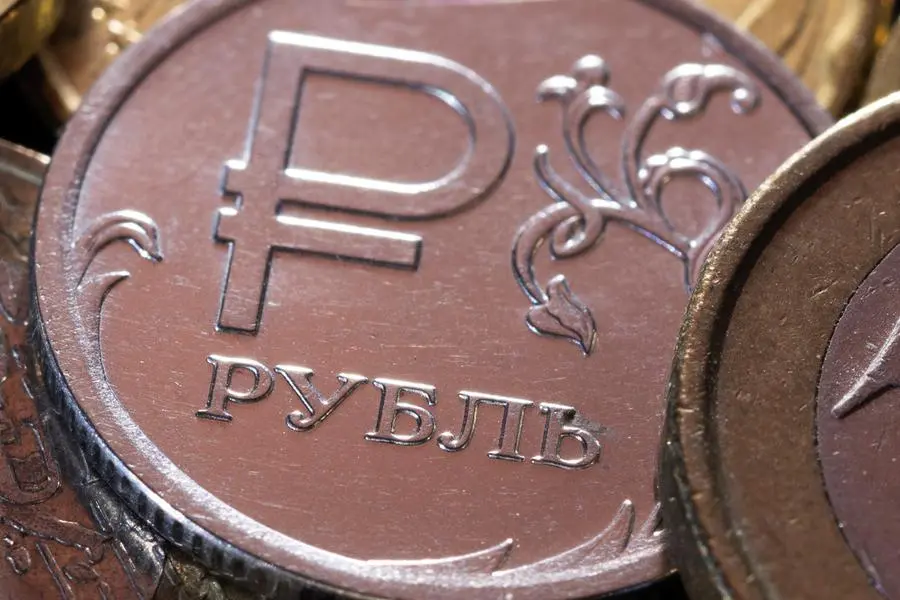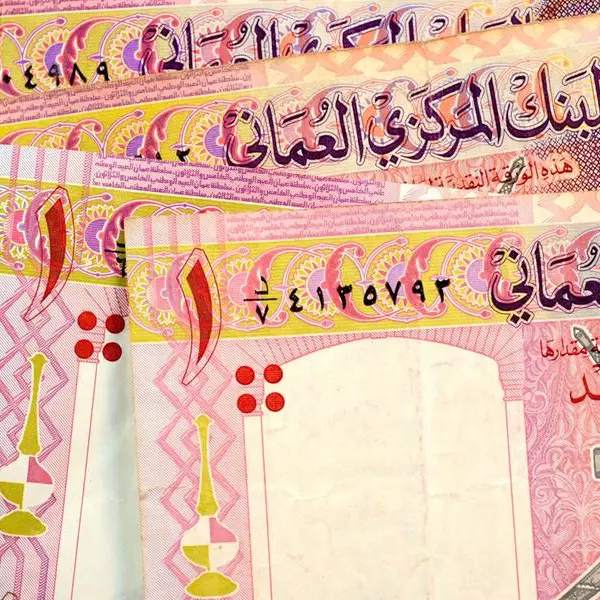PHOTO
The Russian rouble eased towards 62 against the dollar on Thursday, stabilising in a relatively narrow range after sharp and uncontrolled moves last week caused by an imbalance of supply and demand on Moscow Exchange.
At 0746 GMT, the rouble was 0.8% weaker against the dollar at 61.76 and had eased 1% to trade at 65.00 versus the euro.
The rouble has become the world's best-performing currency so far this year, boosted artificially by capital controls that Russia imposed after starting what it calls a "special military operation" in Ukraine on Feb. 24.
New gas payment terms for EU consumers that require conversion of foreign currency into roubles and a fall in imports have also supported the Russian currency, helping it to shrug off economic hurdles at home and risks of a looming default on sovereign debt.
Russia's failure to pay $1.9 million in accrued interest on a dollar bond will trigger payouts potentially worth billions of dollars, a panel of investors determined on Wednesday, as the country teeters on its first major external debt default in over a century.
On the domestic bond market, yields on 10-year OFZ treasury bonds fell to 9.2%, their lowest since early 2022, after data showed annual inflation slowed again after soaring to its highest since 2002. Bond yields move inversely with their prices.
The inflation data raised the chances of another rate cut by the central bank in June-July, Promsvyazbank said in a note.
Russia's central bank slashed its key interest rate to 11% last week and said it saw room for more cuts this year, as inflation slows from more than 20-year highs and the economy heads towards a contraction.
Russian stock indexes were down. The dollar-denominated RTS index fell 1.7% to 1,200.9 points, while the rouble-based MOEX Russian index was 0.9% lower at 2,353.3 points. (Reporting by Reuters; Editing by Jan Harvey)
Reuters





















